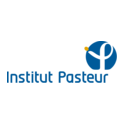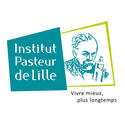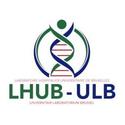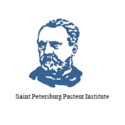In short
Despite decades of efforts and progress in the field, Tuberculosis (TB) remains one of the world’s most deadly infectious diseases. TB therapy requires long treatment regimens using multiple antibiotics. However, this pathogen becomes more and more resistant to drugs. These increasing rates of multi-drug resistant TB (MDR-TB) are even prolonging treatment periods up to 2 years and decreasing the success rates of therapy. Precise and fast diagnostic methods to detect TB and TB drug resistance are crucial to combat this disease and eliminate its incidence.
Project description
A new next-generation sequencing diagnostic approach, based on the quantification of RNA, addresses the limitations with current methods for TB drug susceptibility testing (DST). After a successful proof-of-principle at Sciensano, the TRACeR-TB project will focus on the further validation of the developed assay and explore the potency of the platform as a tool for DST and TB diagnostic research.
International teamwork in 4 steps
To do so, 4 teams of the Institut Pasteur International Network in Belgium (Sciensano), France (Paris and Lille) and Russia (St Petersburg) with years of experience in microbial and/or molecular TB research are united. The project consist of 4 steps:
- The assay is expanded to cover a maximum of contemporary and future anti-TB drugs.
- We optimize drug-specific parameters for each of the selected drugs, currently in different stages of development. In parallel, the assay is adapted to the use of sputum samples.
- An inter-laboratory validation of the optimized assay is performed in high-incidence MDR-TB setting in Saint Petersburg in Russia.
- We explore the use of the developed assay as a high-end technological tool for research purposes. Scientific questions that will be investigated are
- a. the investigation of current discordance between phenotypic and genotypic data,
- b. the use as a quick screening method for the antibacterial features of novel compounds, and
- c. its use in macrophage-infected models to explore the influence of macrophages on drug efficiency. This last application can serve as a useful tool to connect in vivo drug efficacy and in vitro DST, when moving towards individualized therapy.
Scientific advantages of this new method
The major advantage of this newly developed diagnostic method is that it avoids the long culture-dependent step needed during current classic phenotypic DST (pDST). The assay drastically reduces the long turn-around-times (TAT) for pDST from weeks (up to 8 weeks for MDR-TB) to 2-3 days. On the other hand, the method is completely independent of the specific cause of resistance, and therefore avoids the need for knowledge on resistance mechanisms as is required for current DNA-based next generation DST methods. A knowledge which is still limited, especially for second-line and new drugs.
Sciensano's project investigator(s):
Service(s) working on this project
Partners






